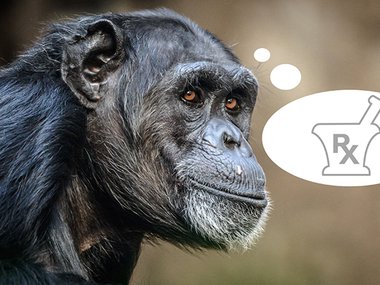Visibility + Time = Adoption
Raise your hand if you’re an early adopter. Were you the first among your friend group to have a cellphone? Did you buy one of the first electric vehicles off the assembly line? Were you streaming long before the rest of the world discovered all that digital content? What about the COVID-19 vaccine: did you embrace that new development with the same excitement and vigor as other innovations you’ve encountered in your lifetime?
Cellphones, cars, the internet and so many other technologies we find commonplace today all experienced an adoption process that included peaks and valleys. External forces like resource shortages or restrictive up-front costs can impact integration, but the most consistent factor in adopting new technologies: public perception.
When tracking time and visibility, the technology adoption process often maps out a similar pattern before becoming more comfortably integrated into our society. Let’s explore this same pattern when it comes to the adoption of the COVID-19 vaccine.

The COVID-19 vaccine rolled out in December 2020, with initial doses going to healthcare personnel and long-term care facility residents. Most Americans didn’t have access to the vaccine until the spring of 2021. Today, as many recognize three-year vaccination anniversaries, the COVID-19 vaccine is readily available. But this wasn’t always the case. Over the past three years, the vaccine has become not just more accessible but also more mainstream.
A Significant Spark
As people witnessed the severity of COVID-19 infections across the world, governments and private companies invested numerous resources into vaccine development. News media followed the development and testing progression of multiple vaccines closely, with three ultimately gaining FDA approval quickly so vulnerable populations could get protected from the virus.
Promise Peak and the Fall
Some people celebrated the vaccine’s rollout and signed up to receive it as soon as they could. Others were more apprehensive, expressing concern about the long-term effects of the vaccine on their health, including their fertility. These skeptics decided not to get the vaccine. Adding to some people’s hesitation was the pause and restart of the Johnson & Johnson vaccine rollout after six in 6.8 million doses led to blood clotting issues in vaccinated patients.
The Rising Response and Mainstream Staying Power
As immunized populations increased, hospitalizations and infections decreased and people slowly returned to in-person activities. Companies and schools were trying to decide the ethics and logistics of making their employees report their vaccine status and/or requiring a COVID-19 vaccine.
Up next: booster vaccines. Needed about every six months, these supplemental vaccines targeted high-transmission variants and supported immunity. In 2022, the CDC shifted to an annual booster vaccine ahead of the winter holiday season, when travel and COVID-19 infections were expected to rise. Similar to the flu shot, it seems for now that an annual booster will be the standard for COVID-19 vaccines.
Understanding Technology Adoption Patterns
Four years after the start of the pandemic, people continue to make decisions about their long-term COVID-19 prevention measures and habits based on health, lifestyle, community factors and beliefs. The vaccine's applicability and accessibility has paid off, with the CDC ending the public health emergency declaration in 2023. COVID-19 is still widespread in the US, but the vaccine slows the spread of infection and gives public health officials time to react.
With time and visibility, COVID-19 vaccines have become ingrained into society, just as the technology adoption process suggested it would.
Understanding trends in how people view and embrace innovations can guide important decisions going forward. Gartner, a research and consulting company, created the Gartner Hype CyclesTM, a graphical representation of how the public perceives technologies as time goes on. Every year, they report where new technologies are on the path and make predictions about what the future holds. More a tool than conclusive researched-based fact, the hype cycle allows Gartner to advise others about investments in new technologies.
This adoption cycle won’t stop anytime soon. With new technologies introduced almost daily, where in the pattern might up-and-coming advancements fall? (We’re looking at you, AI!) While we can’t be 100% sure, we can use this tool to predict the hype, solve potential problems and explore opportunities.


